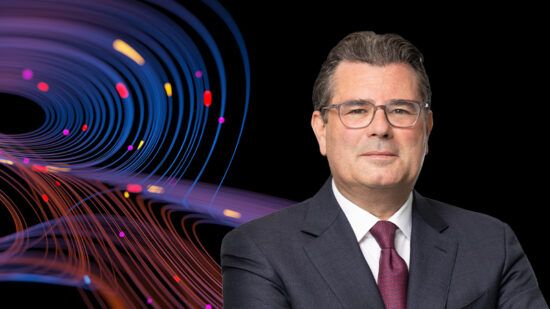Dirkx is also looking at smart beta funds in the bond space. “Lombard Odier has launched fundamentally-weighted bond ETFs a couple of months ago, in which they for example take the indebtedness of a country into account. I find that a very interesting approach. The problem is just that smart beta strategies on the bond side are still relatively young, so it’s difficult to assess how this strategy will perform in tough market conditions. Liquidity is also an issue of concern. It remains to be seen how bond ETFs will react in case of a major sell-off.”
It’s all about correlation
But Dirkx doesn’t only care about fund costs, active share and tracking error. The multi-asset portfolio is not complete without adding a large chunk of uncorrelated strategies to provide some cushion if equity markets go the wrong way. “10 % of our portfolio is in liquid alternatives,” he says. While most of his peers in both Germany and the rest of Europe have been stocking up on stuff like long/short equity, long/short bonds and especially multi-strategy funds, the German fund selector takes a different approach. “We used to have long/short equity strategies in our portfolio. But these strategies in general have quite a strong downside correlation with stock markets, and sometimes it was hard to differentiate between alpha and beta performance,” he says.
As Dirkx considers liquid alternatives (e.g. alternative UCITS funds) mainly as an alternative to bonds with a low correlation with equities, he decided to resort to a different sort of strategies. “In fact we like products which generate a return of 3% to 5% a year for this part of the portfolio.” So what sort of strategies did he go for instead? “We decided to buy an insurance-linked-securities strategy, which is actually not a Ucits fund, and other strategies which are relatively uncorrelated to equities. Another fund we have is the Syquant Helium Opportunities fund, which uses event-driven and merger arbitrage strategies. This fund offers weekly liquidity, but compares well to its offshore strategy in terms of performance. It has generated an annual return of about 3-4% since launch in 2008 on top of the money market rate, and has annual volatility below 1.5%.
“We are also invested in a fund called Optoflex, a volatility-based strategy we bought in March,” says Dirkx. This fund (see chart below) stands out because of its exceptionally short recovery phase. “It has a short-term positive correlation to stocks in case of falling US equity markets, but the SPX put options and the VIX call options the fund uses build some sort of floor. This also explains the quick recovery phases of the fund,” he explains.
 Source: finanzen.net
Source: finanzen.net
“Since April all these strategies have shown a positive performance, even though equity and bond markets have been rather volatile during that period,” he says. Dirkx can also invest in physical commodities, but hasn’t done so for a while. “We bought exposure to oil in December and January, but as the recovery was so quick, we sold again in spring when Brent was around $65.”







